Ishkode: How 'good fire' could reshape the forests and culture of northeastern Minnesota
For millennia, the Great Lakes Anishinaabe used traditional fire practices to manage the forests of Northeastern Minnesota. Today, science is capturing the frequency and severity of those fires to understand how communities might recreate their relationship with the land.
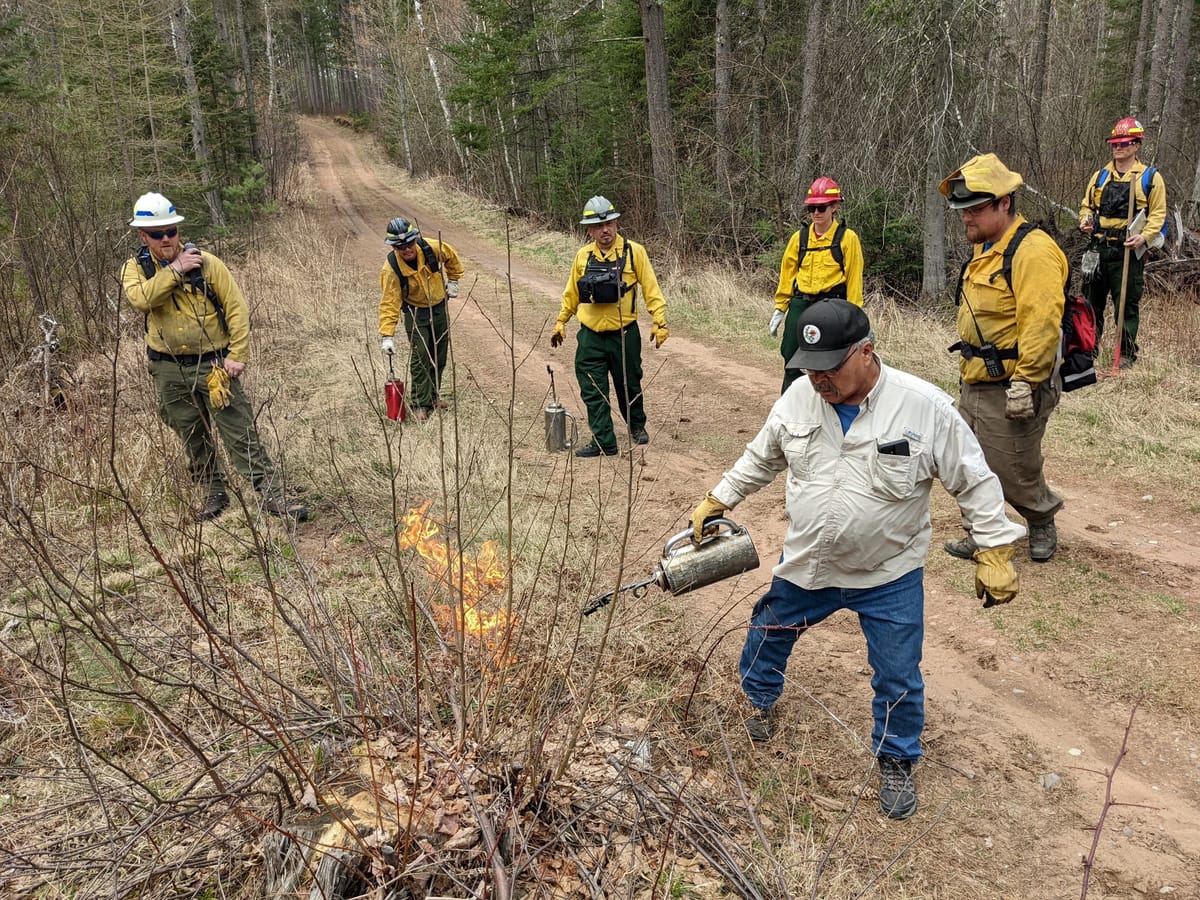
Vern Northup’s grandfather told him stories about blueberries. His grandfather retold stories he’d heard from his grandparents about how they would approach Duluth by canoe, arriving from La Pointe, on Madeline Island. The hillside that would later become Duluth was so thick with berries that it would appear blue to the eye from a mile away.
Many years later, Northrup set the flame that ignited the return of good fire – ishkode – and invited the return of plentiful blueberries to Stockton Island in northern Wisconsin’s Apostle Islands National Lakeshore.
Northrup is a Fond du Lac Band elder and Fire Keeper. He spent 24 years with the Bureau of Indian Affairs as a fire operations specialist. His grandfather was the reservation fire warden in the early 20th century. Ishkode is his heritage.
“Fire to us is a tool. And a spirit,” Northrup said. In his worldview, fire is a spirit with whom humans have a long and tender relationship. “We’ve been burning since the last ice age. But since 1910, when the government said fire was bad, the forest has been neglected. The trees and forest have been waiting for 115 years.”
Valerie Ross Zhaawendaagozikwe has been studying ishkode on Minnesota and Wisconsin Points. These super-sized sandbars protect the Twin Ports and St. Louis River estuary from the ravages of Lake Superior. She and a team of researchers have combed the points’ old-growth forests to count pre-colonial fires and evaluate fire intensity by drilling into existing stumps of old-growth red pine.
“Good fire is low-intensity, close to the ground,” she said. “Here, we use fire to clear the understory, to expose the soil, to open the red pine cones, and make seed available for a healthy forest.
"Ishkode causes the red pine to release resin by making a fire scar," she said. "And that resin, mixed with hardwood ashes, was hydrophobic – a waterproof glue for birchbark canoes. This is Ojibwe gardening, but using fire.”
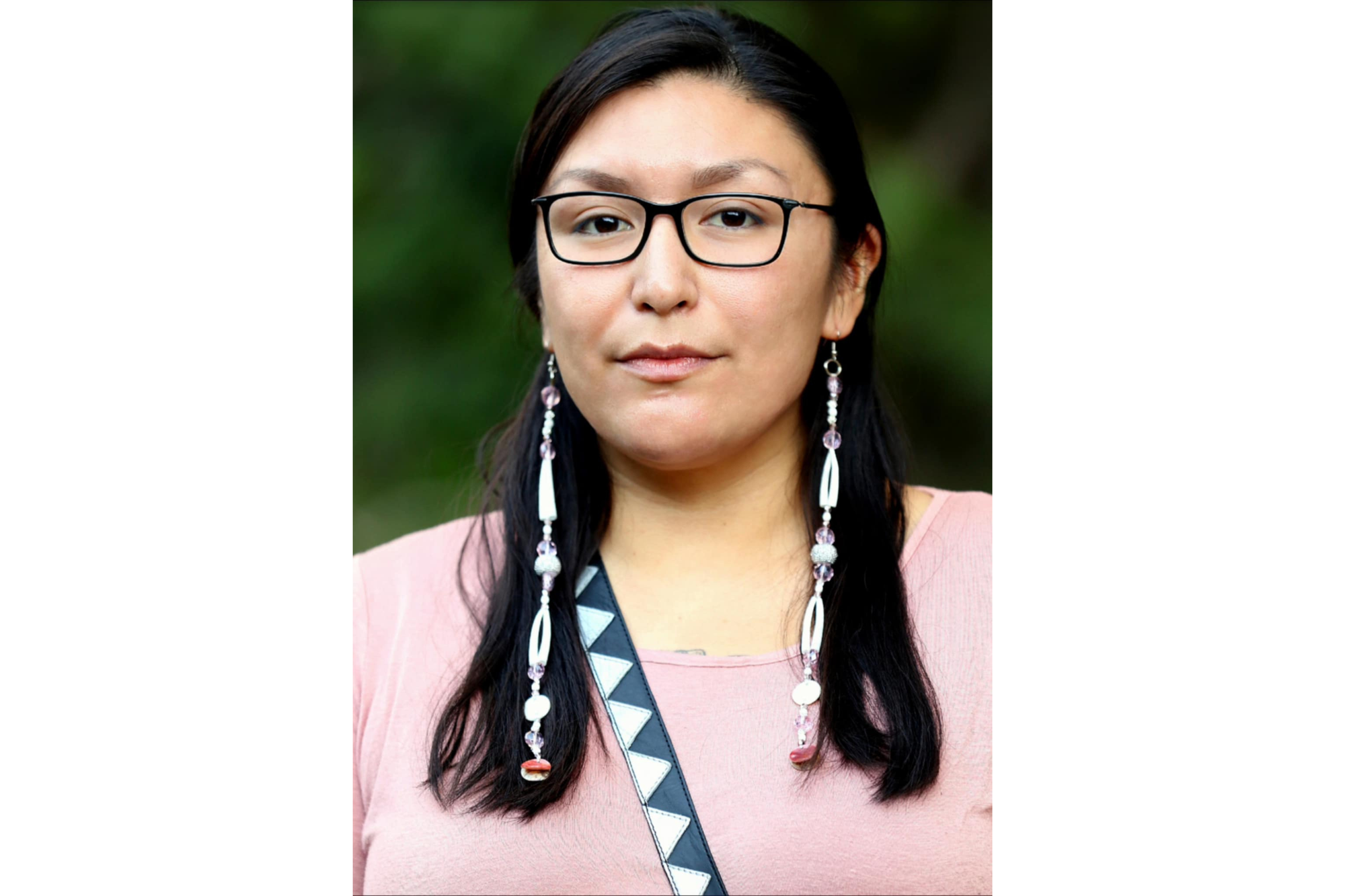
Northrup and Zhaawendaagozikwe firmly believe that Indigenous knowledge and Western science can point the way to care for and live with land, air, and water. They’re keenly aware that humanity's relationship with nature is at one of the most critical junctures in history.
“When we combine these ways of knowing as equals, we’re creating opportunity for healing,” Nisogaabokwe Melonee Montano said. Montano, 48, a Red Cliff band member, is a graduate student at the University of Minnesota studying tribal natural resources. “We all bring knowledge to the table. Fire is a community activity.”
Sign up for Project Optimist's newsletter
Solution-focused news, local art, community conversations
It's free. No spam. Unsubscribe anytime.
Human relationship with fire
In 1964, the federal Wilderness Act put forth this definition: Wilderness is land “untrammeled by man, where man himself is a visitor that does not remain.”
The Boundary Waters Canoe Area Wilderness Area, one America’s most-visited and much-loved wilderness areas is Minnesota’s crown jewel: Over 1 million acres of boreal forest spread across the farthest reaches of the state's northern border with Canada, where it meets the Canadian equivalent in the form of Quetico Provincial Park.
This “wilderness” is home to the Great Lakes Anishinaabe. The wilderness was never empty. Humans, in fact, were actively managing the forest for food, shelter, and trade, living in a deeply connected, complex relationship with the ecosystem.
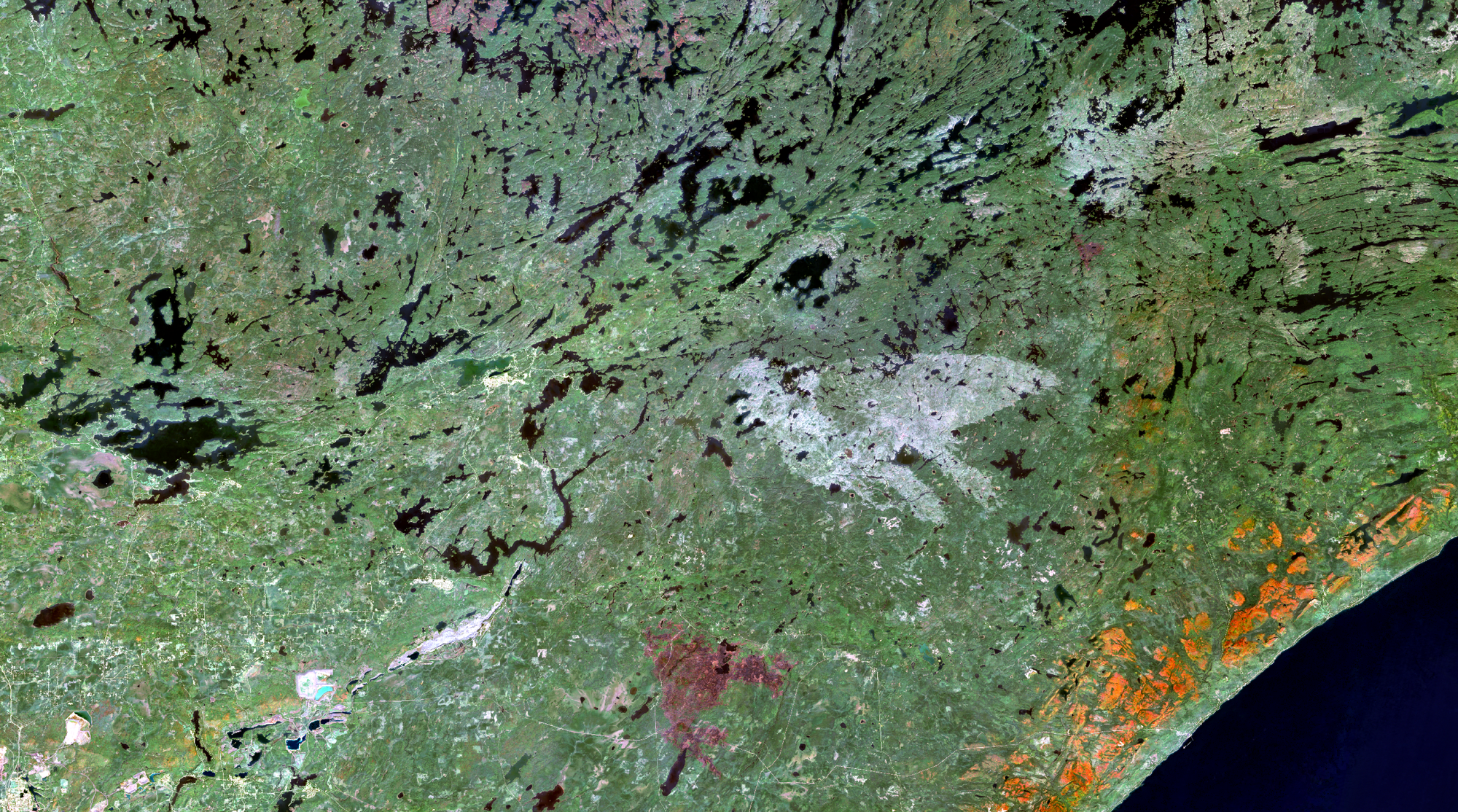
While glaciers left behind the geologic landscape that residents know as northeastern Minnesota – millions of acres laced with thousands of lakes, countless islands, rugged cliffs, and even canyon gorges – Indigenous people cultivated the forest landscape as it was found by colonialists.
Abundant historical evidence of frequent, human-driven surface fires in what is now the Boundary Waters has been documented by researchers. What they found is that the establishment of the Superior Forest Reserve in 1909, followed by an almost total federal fire suppression policy that started shortly thereafter, marked the precipitous decline of wildfire.
Today, there are huge tracts of Superior National Forest that have not burned in more than a century, leaving a dangerous legacy on a fuel-laden landscape. The loss of biodiversity and the impacts on ecological webs are just being explored.
Homer Wilkes, Under Secretary for Natural Resources and Environment at theU.S. Department of Agriculture, said Superior National Forest “probably has potential to be the highest fire risk place in the eastern part of the United States” when he visited the region last spring.
Northrup says it doesn’t have to be that way. “There’s a good way and a bad way to have fire. This is a bad way.”
Creating knowledge
On Minnesota Point, Zhaawendaagozikwe and Montano are adding to the ishkode knowledge base. Nimaawanji’idimin Giiwitaashkodeng, which translates to “we are all gathering around the fire,” is a study that seeks to combine tree-ring data with traditional ecological knowledge, often referred to as TEK.
Their academic team, primarily consisting of Indigenous women, has scoured the forest, looking for signs of ishkode. Dendrochronology – tree ring science – lets them count the fires and even reveal what season the burn was initiated.
“It’s right here in our hands. Some of the trees date back to the late 1700s,” Zhaawendaagozikwe said. “We use microscopes to count the tree rings. Every five to eight years or so, there were low-intensity burns. We can also see that fire essentially stopped with the 1854 Treaty. It just stopped.”
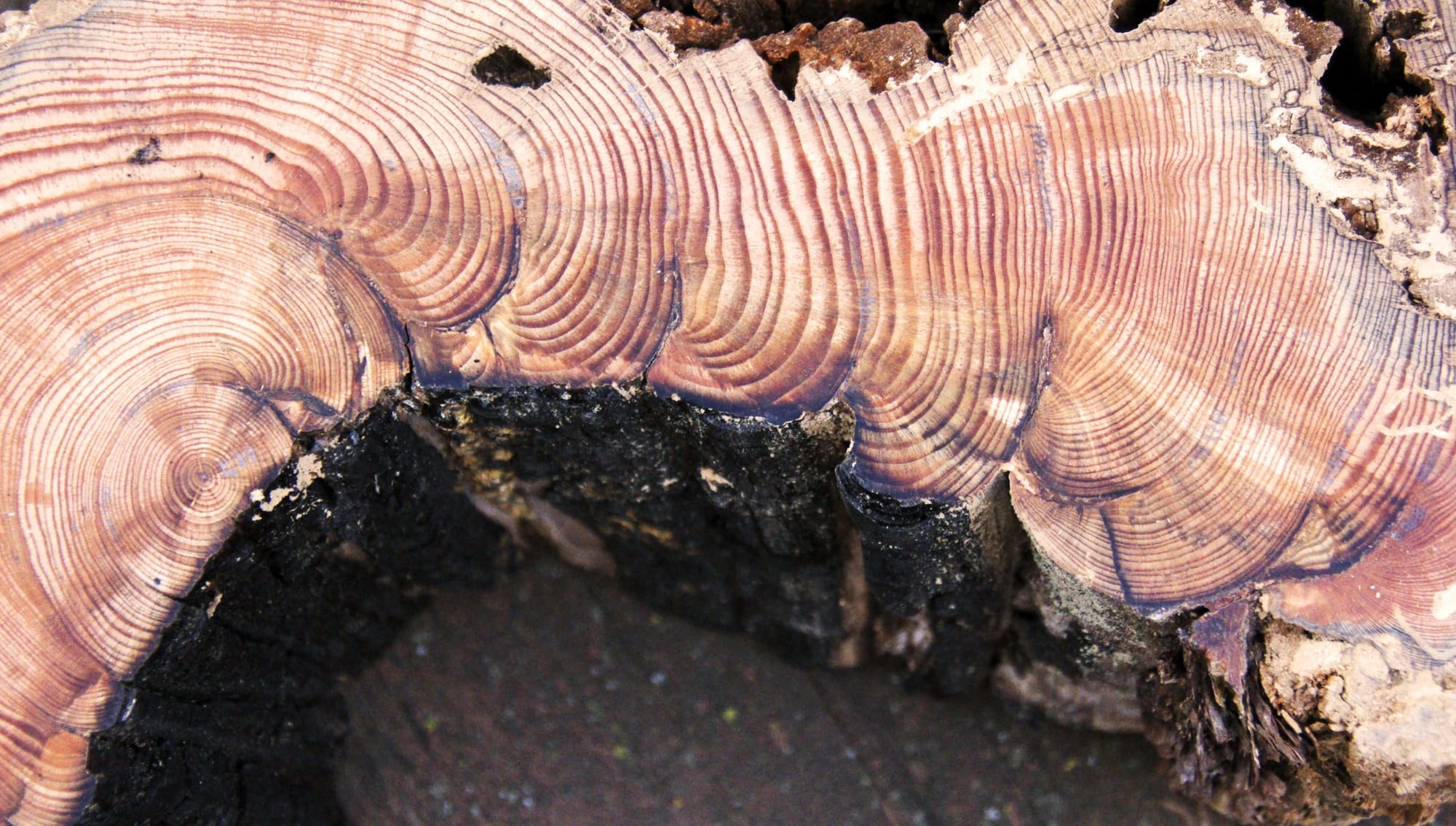
The Nimaawanji’idimin Giiwitaashkodeng study will help feed scientists and tribal councils hungry for ways to reshape forestry initiatives. The stories and memories of elders, collected during the traditional storytelling time of winter, are meant to be just as instructive as data.
For Zhaawendaagozikwe, this marriage of traditional ecological knowledge and Western science is a way forward. She’s currently a 33-year-old undergraduate at the University of Wisconsin-Superior, where she’s pursuing majors in biology and environmental science, with a minor in geographic information systems.
“Some days are a real struggle for me,” she said. “The thought processes are so different than my own. To learn a plant medicine for a toothache, we don’t collect and analyze data. We talk with the spirit of the plant to learn. Our stories hint at what can be found in science. We can actually show you things, if you want to learn what we have to say.”
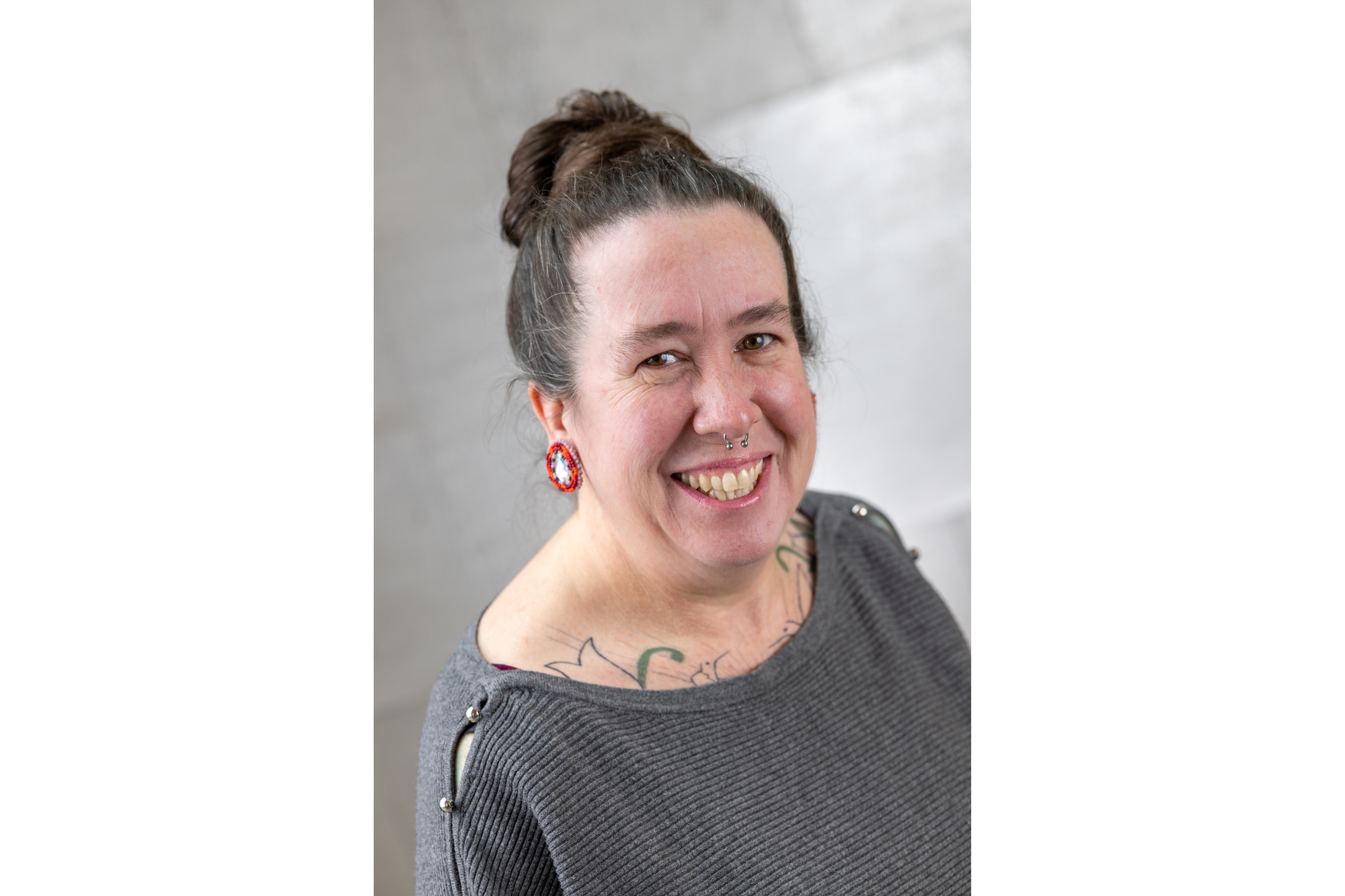
Montano’s graduate research about the relationships between ishkode and people seeks the same level of balance. “Mainstream academic research has not allowed space or welcomed Indigenous knowledge. TEK has not been considered science. We’re holding these ways of knowing as equal to each other,” she said.
Montano, like Northrup, has heard stories about blueberries, or miinan, and ishkode. “There were blueberry trains that transferred nothing but blueberries, all the way to Chicago. That’s how plentiful miinan was. We can tell the story of how the forest was healthy, plentiful, and loved, because we were managing the landscape.”
Practicing ishkode
Minnesota’s relationship with wildfire is fraught. The Great Hinckley Fire killed 418 people in 1894. Just two decades later, in 1918, the Cloquet Fire killed 453. The Federal Weeks Act of 1911 effectively outlawed burning by Native American tribes. The Forest Service’s 1944 introduction of Smokey the Bear made fire an American taboo: “Remember…only YOU can prevent forest fires.”
For the people who lived on this land long before colonists arrived, the Anishinaabe, the loss of fire meant the loss of culture, language, and tradition.
“Our world is based in this ecosystem, in a relationship that’s 10,000 years old,” Northrup said. “Fire is as much a part of this ecosystem as water or soil. Everything was made to burn. Even food must experience fire. We cook the wild rice to make it edible. We apply fire to open the hazelnuts. It’s one of the oldest spirits in the world.”
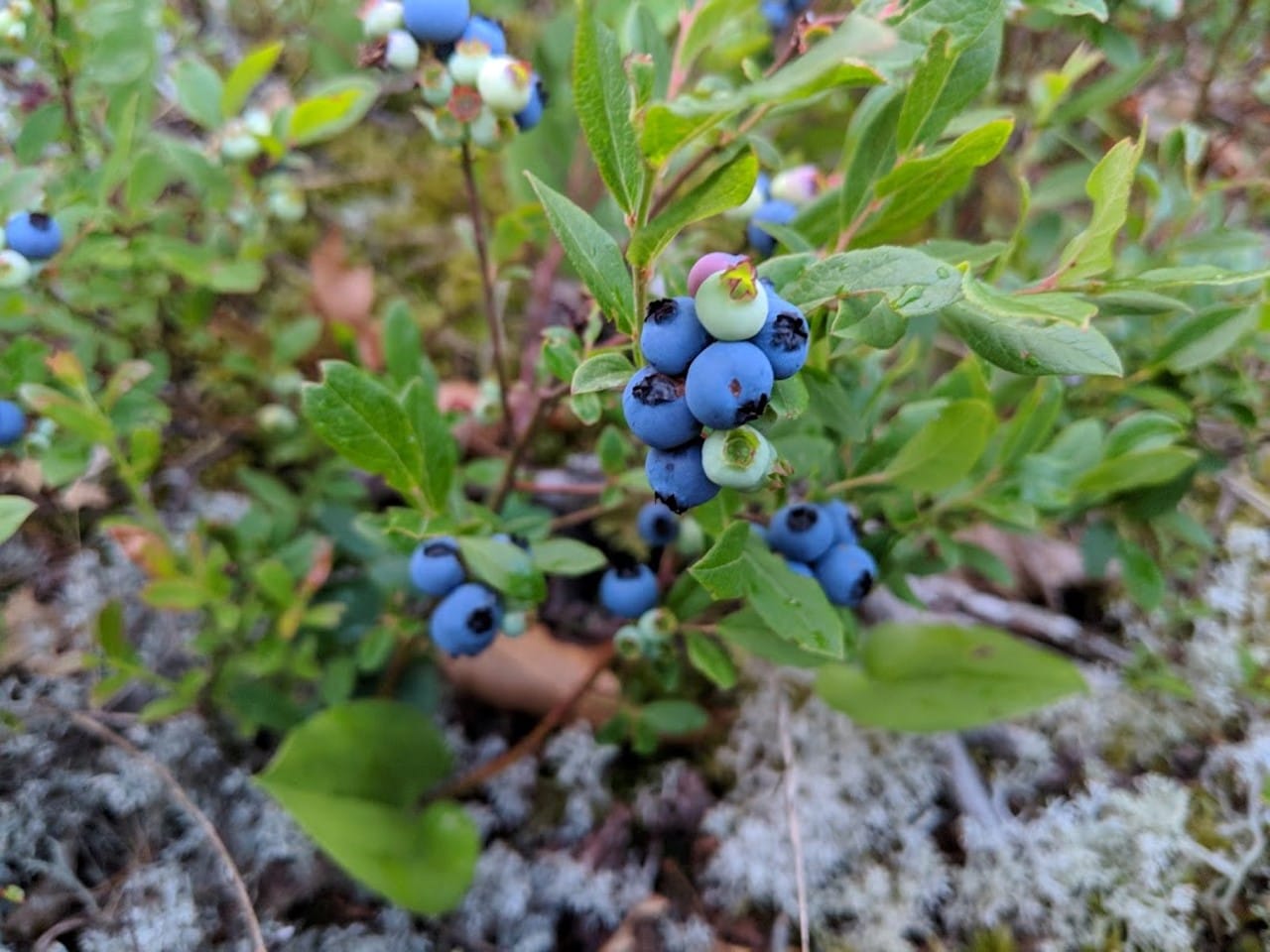
Stewardship and reciprocity, the recognition that as plants and trees care for people, people are to care for the plants and trees, are new concepts for Western thinkers.
“We didn’t see this as agriculture,” Zhaawendaagozikwe said. “There were only relationships between living things. How can I love this land so it can give back to me? If you love somebody, you do not establish power. You nurture and protect. Maybe that would be beneficial to all people.”
Northrup is generous with his time and knowledge, passionate about sharing his work and stories. He said he’d like to see more fires in Superior National Forest. He describes a checkerboard of fires, to “keep it from exploding.”
The Zagaakwaandagowininiwag (Bois Forte Band of Chippewa), Gichi Onigaming (Grand Portage Band of Lake Superior Chippewa), and Nagaajiwanaang (Fond du Lac Band of Lake Superior Chippewa) are using the hunting, fishing, and gathering rights granted by the 1854 Treaty of La Pointe to push for ishkode.
“We aren’t the only ones using fire,” Northrup said. “There are more than 700 uses for fire. Ask the Aborigines of Australia. This is what it takes to be a steward. I want to see the day that we tell the Forest Service, ‘Hey, we’re burning this.’ We’re going to use that treaty for what it’s meant for. We’re going to keep using fire as the tool that it is.”
